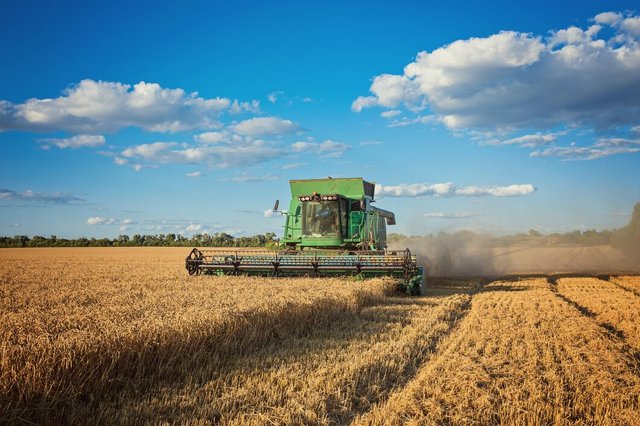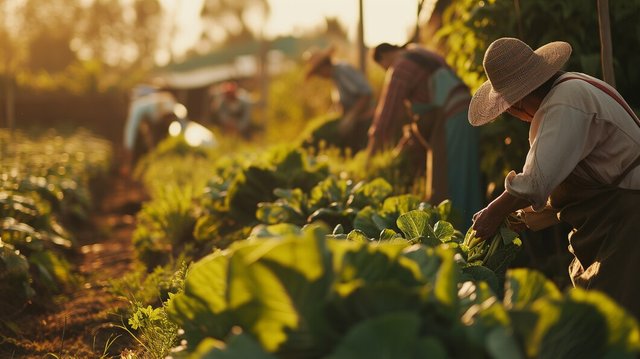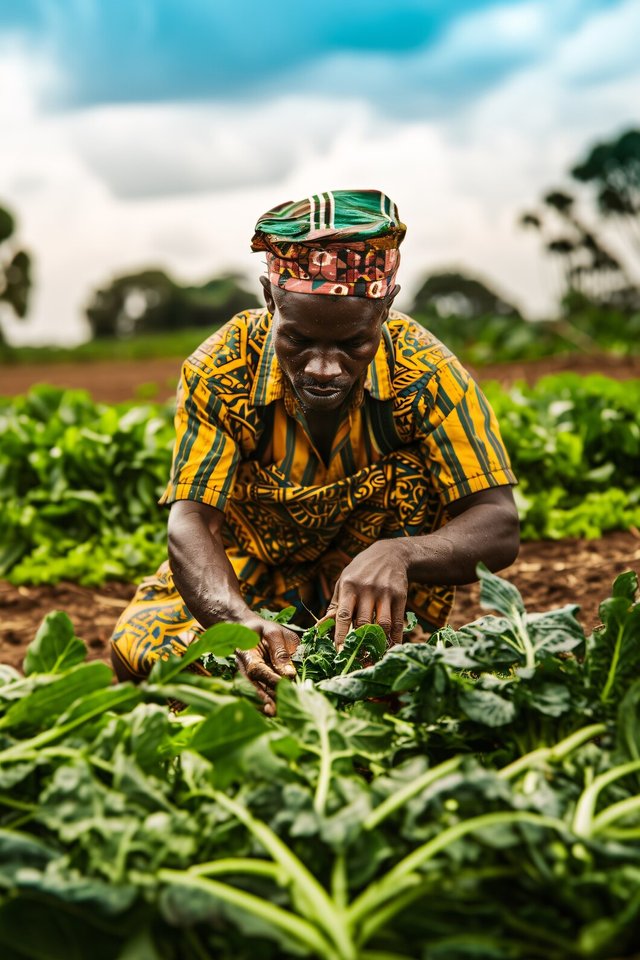
Climate change is that trickster of farming; temperature variances make crops confused about exactly when to grow and stress livestock. The changed weather evokes a love in pests and diseases; the result is farmers wondering what they did wrong to have a poor harvest.
What's the result? Food prices shoot up as if they are into a racing competition. Imagine going into a grocery store and finding that your favorite veggies have suddenly become twice more expensive. Well, this is simply because less food is available for everyone, yet more people have an increased craving for food.
And the positive feedback does not stop there. With less nutritious foods, we start to have health problems. It's like trying to stay healthy on a diet of mostly air – not exactly a recipe for success!
Extreme rains and droughts are like weather in an extremely overenthusiastic host at the party of life, just bad at reading the room. It is like the crops, when it rains too much, get stuck in a water park without a lifeguard; they get overwhelmed, their roots drown, and instead of growing they end up floating away!
Conversely, sever droughts are the exact opposite-extreme dieting of crops. The earth becomes dry and the plants consequently become dehydrated, starving for water. In case of lack of sufficient moisture, there is crop stress, shriveling of crops, or it may just give up the ghost before it is time for harvest.
While one overworks the crop yield, it drives farmers to the edge. It is a wild weather ride, and the crops are just in the middle trying to survive the mood swings of weather.
It's as if the Earth's climate change has become some sort of screwball science experiment gone wrong-just the right mix for these new pests and diseases. First, warmer temperatures give them a pass to hang on longer, and presto! They start multiplying as if on a mission. Then, in step come the shifting weather patterns that help them move along even faster; their path feels like they are invading every crop party!
This chaotic climate further gives a boost to diseases. Higher temperatures along with humidity create a cozy environment for the germs to thrive and spread. This is just like turning the garden into a hotbed for unwanted troublemakers.
But not to be outdone, farmers can fight back with a few tricks up their sleeve. Giving plants a super-hero suit is one of the ways to use resistant varieties. Keeping fields clean and practicing crop rotation doesn't let pests and diseases set up house. Integrating natural predators into the mix is almost as good as calling in the friendly neighborhood pest fighting squad.

Climate change has become an irrational party pooper that is blowing up irrigation systems. Now, it's high time to tune in seriously. First, with rainfall gradually becoming more unpredictable, and weather extremes, farmers need to shift from traditional irrigation to smarter, adaptive systems. One good example is drip irrigation, which delivers water right into the plant roots, minimizing waste and allowing the plants just the right amount of hydration during periods of low rainfall.
The second is the installation of water-saving technologies. Sensors and weather data can monitor soil moisture and adjust irrigation schedules accordingly. It is as if you have your personal water manager looking out into your garden while you are busy.
Finally, proficient water storage and recycling systems can be worth the cost. Rainwater harvesting, or irrigation water recycling, makes sure that every drop will count, and every climatic challenge becomes an opportunity to act more prudently with water resources.

In other words, responding to climate change is like solving a very tricky jigsaw puzzle with two logical solutions making all the difference.
First, reduction in greenhouse gas emissions. This means reducing dependence on means that contribute to such gases, for example, burning of fossil fuel, which releases carbon dioxide into the atmosphere. This should, therefore, be replaced with renewable energy sources, for instance, solar, wind, and hydro. Just like changing a deafening, belching engine into a quiet, harmless one.
Secondly, adapt to the changes that are already happening. This involves designing infrastructure that can withstand these extreme weather conditions, new farming methods designed to coexist with new conditions, and planning for sea-level rise. It's like upgrading your home to be able to handle an oncoming storm better, no matter what kind of weather hits it.
Regards
artist1111
.jpg)

Welcome to the agro-learning challenge season 20.
Observations and suggestions:
. You have explained climate change very nicely by stating some of the key highlights ranging from temperature and precipitation variations.
. Nice explanation on impacts from extreme rains and droughts. Having highlighted how damaging they are to our
. I got it this time. You gave a direct insight into irrigation systems change. The use of drip and its direct injection of water into plant roots. This helps reduce the waste ordinarily envisaged.
. Generally, you have made a good post.
Thank you, for the participation.
We hope to see you in week 2.
Downvoting a post can decrease pending rewards and make it less visible. Common reasons:
Submit
Upvoted. Thank You for sending some of your rewards to @null. It will make Steem stronger.
Downvoting a post can decrease pending rewards and make it less visible. Common reasons:
Submit
After the agricultural revolution there was an increase in the mechanization of agriculture and in view of this mechanization the production of agriculture increased. But due to climate change farmers are affected in many ways as the quality of their soil deteriorates during floods. Due to excess, the soil becomes cracked and the oxygen level of the soil is destroyed. Good luck to you.
Downvoting a post can decrease pending rewards and make it less visible. Common reasons:
Submit
Excess rainfall and droughts destroy fertile soil which hampers agriculture. From planting to growth we need care and water, we must keep our natural supply going as well as irrigation systems. You are right to reduce greenhouse gas emissions. You have mentioned various aspects of agricultural losses due to climate change which are very obvious.
Downvoting a post can decrease pending rewards and make it less visible. Common reasons:
Submit
Downvoting a post can decrease pending rewards and make it less visible. Common reasons:
Submit
Please sir can you remove the lable (no club❌) you labled me
Please 🙏 am now in club sir
You can check it out your self
Hope my plea is accepted
Thanks 🙏
Downvoting a post can decrease pending rewards and make it less visible. Common reasons:
Submit
Its not a big deal, we will update it once you make fresh post in our community .
Downvoting a post can decrease pending rewards and make it less visible. Common reasons:
Submit
Thanks sir
I will make a post now
Downvoting a post can decrease pending rewards and make it less visible. Common reasons:
Submit
Sir please 🙏 I have make a new post
The entry link
https://steemit.com/hive-180106/@meeky3/one-picture-and-one-story-week-52
Downvoting a post can decrease pending rewards and make it less visible. Common reasons:
Submit